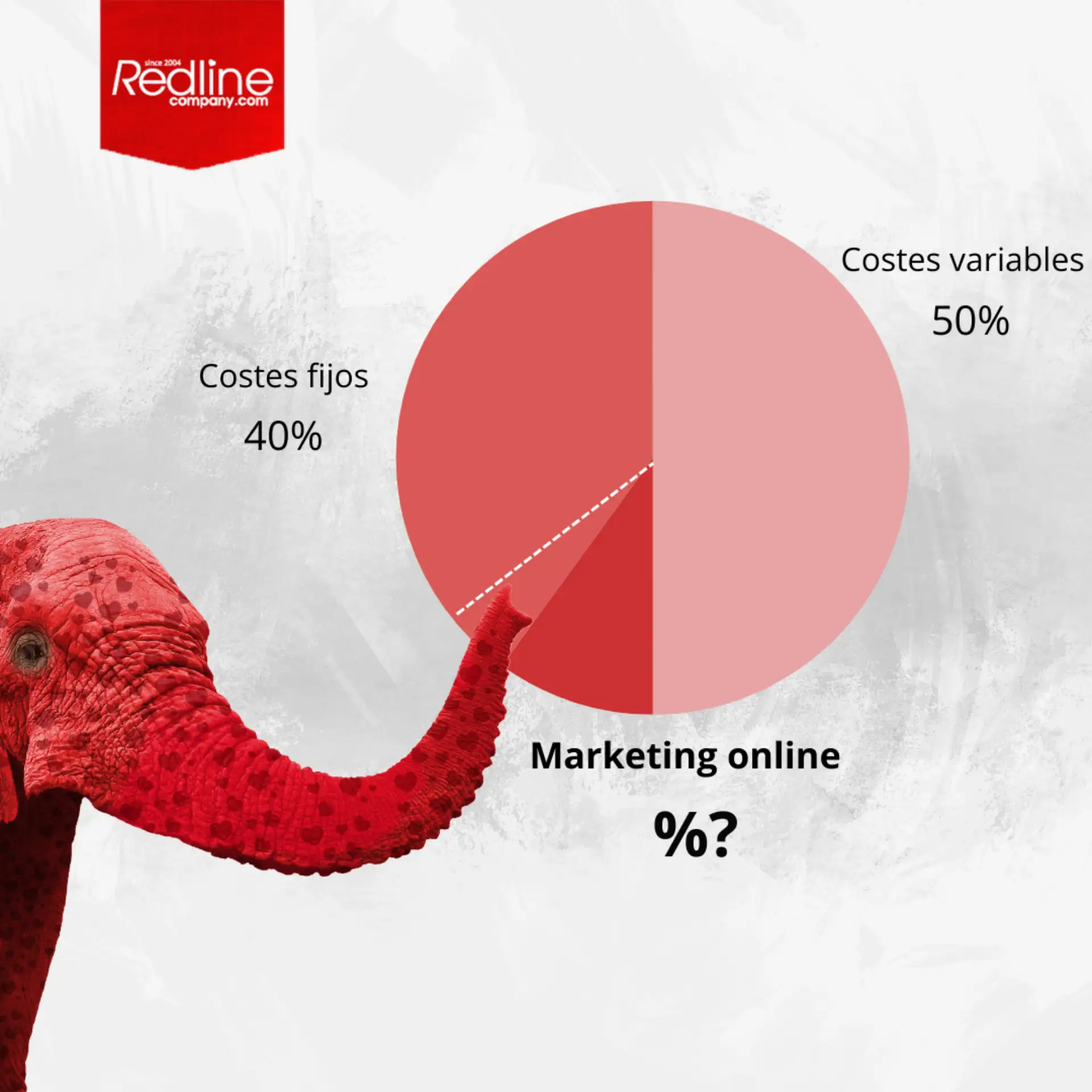La mayor diferencia entre “dropshipping” y la venta minorista online estándar, es que con dropshipping, la tienda no mantiene el inventario de los productos que vende. En cambio, cuando una tienda vende un producto, lo compra a un tercero que luego lo envía directamente al cliente. Esto significa que la tienda, nunca verá ni manejará el producto. Este método tiene una serie de aspectos positivos y negativos. Los aspectos positivos incluyen que es una forma relativamente rápida y fácil para comenzar, ya que no tienes el dolor de cabeza adicional de administrar el inventario y el envío del producto. Otro beneficio es que puedes almacenar una amplia gama de productos. Pero, dropshipping generalmente tiene márgenes bajos y te enfrentarías a una alta competencia.
¿Cuánto presupuesto debo asignar para que mi tienda web esté en funcionamiento?
Creating and running an online shop costs money, there is no point in beating around the bush with this one. Just like opening a physical store, you will have outgoing costs including buying the web domain, hosting, web health insurance, plus the cost to design and program the shop.
Once you have your new online shop, to forget marketing would be a critical error. It is simply not enough to have a website, you must invest in marketing to gain a brand awareness, to drive traffic and encourage sales. In terms of a budget, allocate at least the same as the cost for the initial set up, if not more.

¿Mi negocio realmente necesita tener presencia en las redes sociales?
Combining social media with web shopping is a match made in heaven and it is an effective strategy for e-commerce businesses. According to a study from Smart Insights, over half of companies using marketing en redes sociales find it increases revenue and the sales of their products.
Además de aumentar las ganancias, las redes sociales les brindan a las marcas la oportunidad de interactuar con sus clientes y así como obtener comentarios sobre los productos. Además, es un importante canal para llevar tráfico al sitio web.






